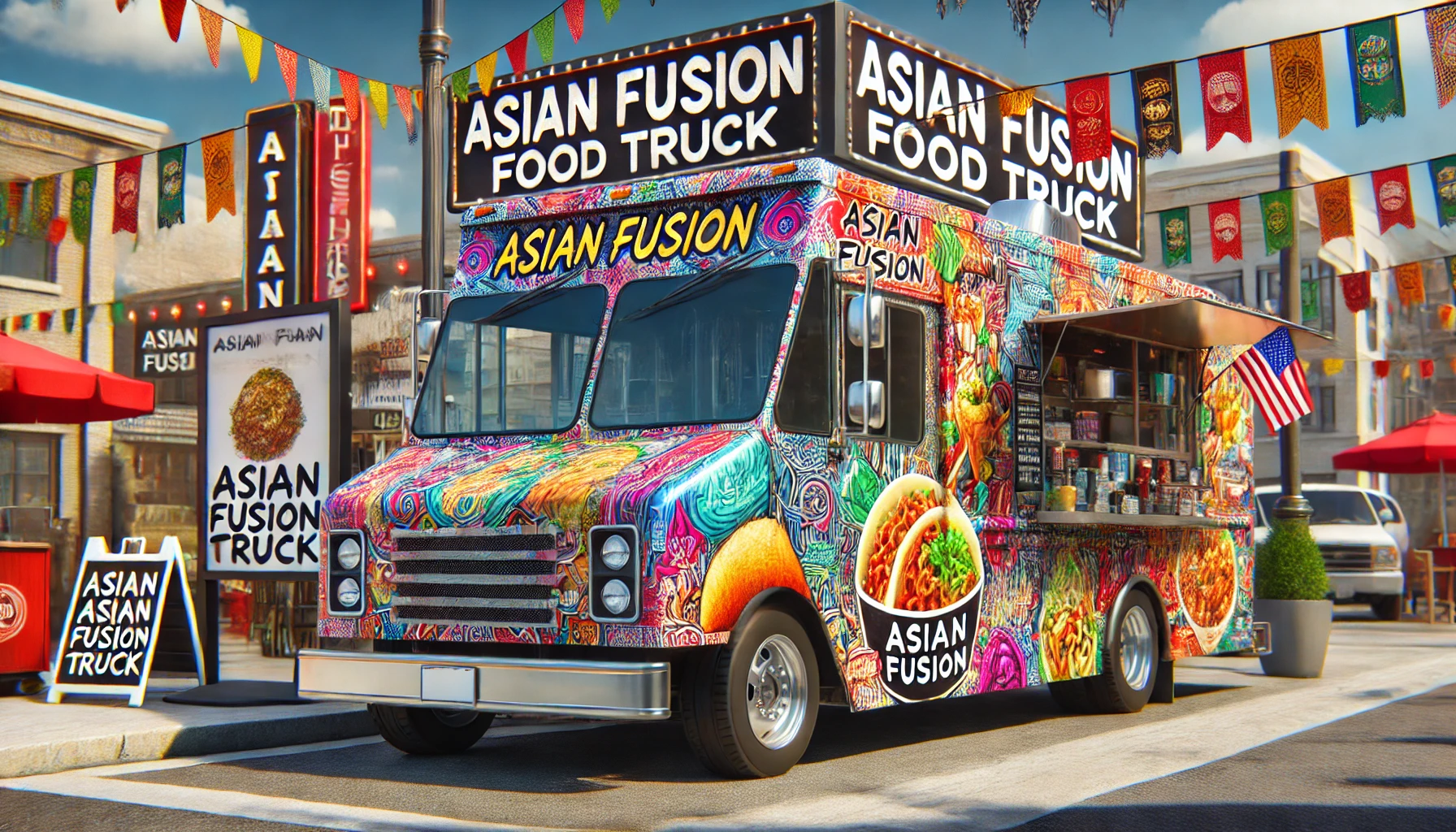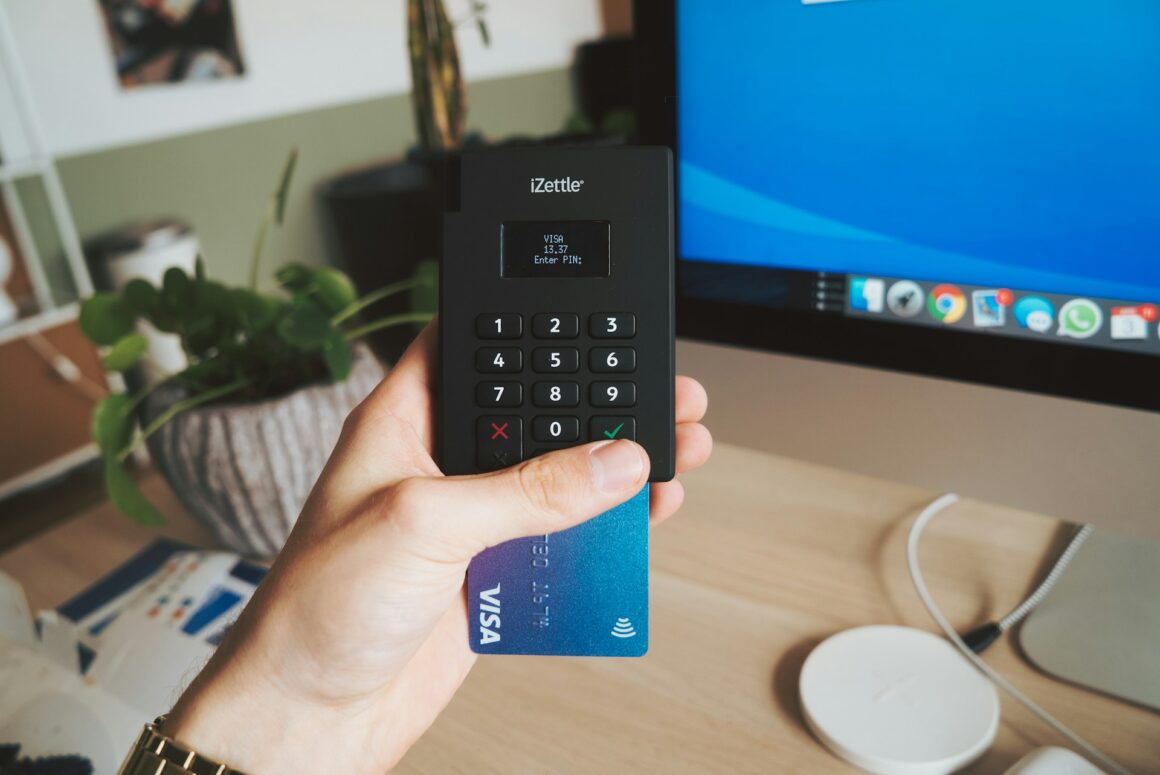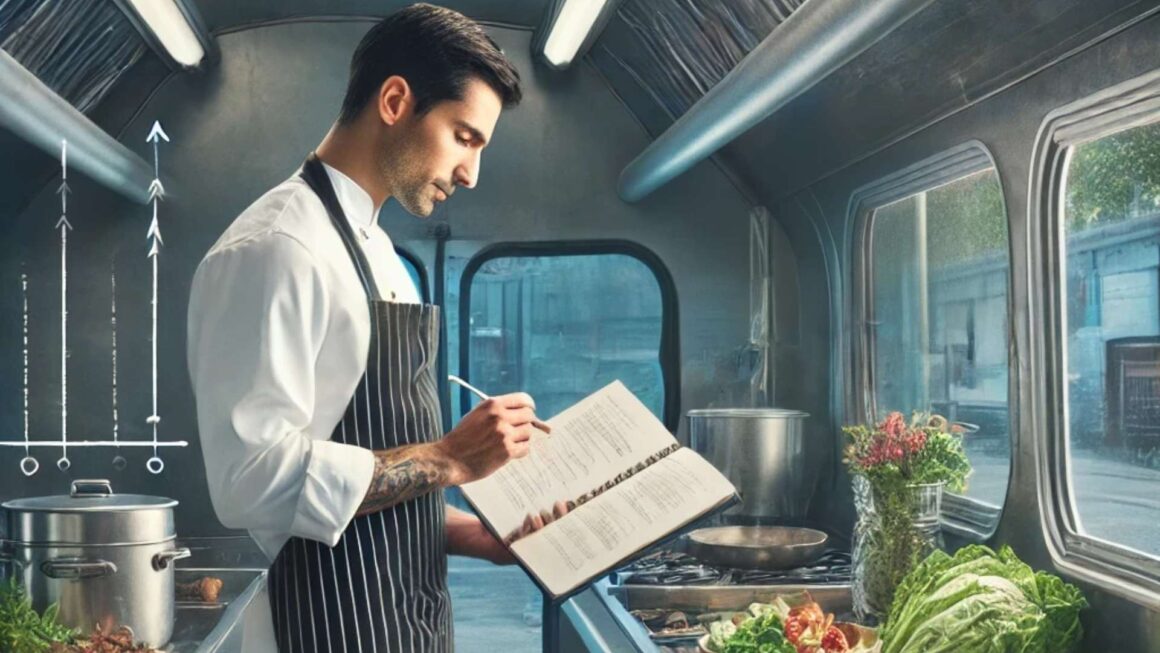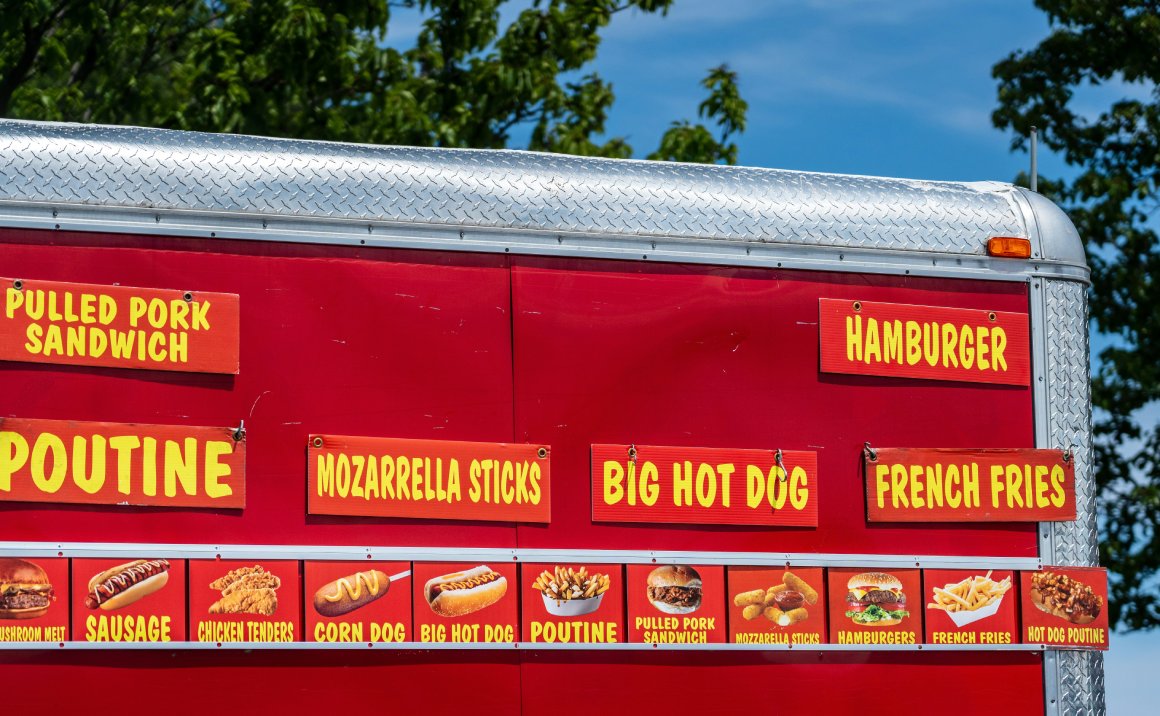
Branding Your Food Truck: A Step-by-Step Guide to Building an Identity that Stands Out
This post is part of a regular series. Click here to start at the beginning.
If you’re starting a food truck business, branding is one of the most important investments you’ll make. Good branding isn’t just about choosing a logo or colors—it’s about creating a complete identity that communicates your food, values, and story to your customers. Done right, branding sets you apart from competitors, attracts loyal customers, and creates a memorable experience.
In this guide, we’ll walk you through how to effectively brand your food truck, covering the physical, digital, and mental aspects of creating a powerful brand. Whether you’re new to branding or just need a refresher, we’ll explain the process step by step, with clear tasks and outcomes that will help turn your vision into reality.
1. Defining Your Brand: The Foundation of Your Business Identity
Before you even think about logos, colors, or a website, you need to define the core of your brand. This involves clarifying who you are, what you stand for, and why customers should care about your food truck. This foundational step is crucial for creating consistency across all branding elements.
Actionable Task:
- Define Your Brand’s Mission and Values: Ask yourself key questions like, What kind of food am I serving? What’s my unique selling proposition? What values does my business embody (sustainability, community, innovation)? These answers will guide all of your branding decisions.
Example: A taco truck might decide its core brand values are authenticity, fresh ingredients, and a fun, laid-back vibe. Everything from the truck’s logo to its social media posts will reflect these values.
Expected Outcome: A clear brand mission statement and a set of core values that will guide your visual and digital branding efforts.
Investment Level: Low – This step mostly requires time and thought, though hiring a branding consultant at this stage can cost anywhere from $500 to $2,000 depending on their expertise.
2. Physical Branding: Making Your Food Truck an Eye-Catching Billboard
Your food truck is a mobile billboard that will introduce your brand to customers. The physical design of the truck—including the logo, colors, typography, and overall aesthetic—plays a huge role in attracting customers and establishing your identity.
Actionable Task:
- Design Your Logo and Truck Wrap: Once you’ve defined your brand’s mission, it’s time to work with a designer to create a logo and truck wrap. Your logo should be simple, memorable, and reflective of your brand’s values. The truck wrap should use vibrant colors and clear typography that can be seen from a distance.
Example: A BBQ food truck might use rustic, earthy tones with bold, hand-drawn fonts to communicate a down-home, authentic vibe. The logo could incorporate grilling elements like flames or a spatula.
Expected Outcome: A professionally designed logo and truck wrap that visually communicates your brand and draws attention in crowded environments.
Investment Level: Medium – A high-quality logo and truck wrap design can cost anywhere from $1,500 to $5,000, depending on the designer’s experience and the complexity of the design. Wrapping the truck itself will add another $2,500 to $6,000.
3. Digital Branding: Building Your Online Presence
Your digital presence is just as important as your physical branding. Many customers will discover your food truck online—whether through social media, your website, or third-party platforms like Yelp. Ensuring your brand is consistent across all digital platforms is key to building trust and awareness.
Actionable Task:
- Create a Website and Social Media Profiles: Your website should include your menu, schedule, contact information, and the story behind your brand. Social media platforms (like Instagram, Facebook, and Twitter) should use consistent visuals, including your logo and brand colors, to build brand recognition.
Example: A taco truck might post photos of its dishes on Instagram, using vibrant, playful captions to reflect the brand’s fun vibe. The truck’s website might feature a bold, colorful design with easy navigation, reflecting its fast-paced street food style.
Expected Outcome: A cohesive digital presence that reinforces your brand identity, attracts customers, and makes it easy for them to find and follow your truck.
Investment Level: Medium – Building a professional website can cost between $1,000 and $5,000, depending on the complexity. Maintaining social media can be done yourself, or you can hire a social media manager for around $500 to $2,000 per month.
4. Mental Branding: Crafting the Customer Experience
Beyond the visuals, mental branding focuses on how customers feel when they interact with your brand. This includes everything from the way your food is presented to the tone of voice you use when engaging with customers, both online and in person.
Actionable Task:
- Create a Consistent Customer Experience: Train your staff to interact with customers in a way that reflects your brand’s values. For example, if your brand emphasizes fun and creativity, your staff should be upbeat and friendly, creating a positive, memorable experience for customers.
Example: A coffee truck known for its eco-friendly mission might use compostable packaging, train its staff to talk about sustainability, and offer discounts to customers who bring reusable cups. This creates a consistent message that aligns with the brand’s core values.
Expected Outcome: A consistent and memorable customer experience that keeps customers coming back and builds brand loyalty.
Investment Level: Low to Medium – This step involves training staff and ensuring consistency, which doesn’t necessarily require a financial investment but can take time and planning. Investing in high-quality packaging or eco-friendly materials can cost $500 to $3,000 depending on the volume and type of materials.
5. Brand Storytelling: Sharing Your Journey
Customers are drawn to stories, especially those that show the passion and vision behind a business. Crafting and sharing your brand’s story is an essential part of building an emotional connection with your audience.
Actionable Task:
- Tell Your Story through Content: Whether it’s on your website’s “About” page, social media, or even on your food truck itself, share the story behind your brand. How did you get started? What inspires your menu? Why are you passionate about what you do?
Example: A BBQ truck might share the story of how its founders learned to barbecue from their grandparents, turning family recipes into a business. This narrative can be shared through blog posts, videos, or even printed on the truck itself.
Expected Outcome: A strong emotional connection with your audience that makes your brand more relatable and memorable.
Investment Level: Low – Sharing your story can be done through free digital platforms (social media, your website, etc.), but hiring a copywriter or videographer to help tell your story in a polished way can cost between $500 and $2,000.
Conclusion: Building a Strong Brand for Long-Term Success
Branding your food truck effectively involves more than just creating a logo—it’s about crafting an entire identity that speaks to your customers on multiple levels. From the physical design of your truck to the way you engage with customers online and in person, each element of your brand should work together to create a cohesive and memorable experience.
By investing time and resources into defining your brand, designing your physical and digital presence, and crafting a consistent customer experience, you’ll be able to build a food truck brand that stands out from the competition and keeps customers coming back.
This post is part of a regular series. Please use these links to view the rest of the series in order.
SumUp and Zettle – Affordable, Mobile Payment Processors for Food Trucks
Comparing SumUp and Zettle: Which Mobile Payment Processor is Best for Your Food Truck? When…
How to Manage Food Waste – Effective Menu Planning
Menu Planning to Minimize Food Waste: A Chef’s Guide to Streamlining Your Food Truck’s Offerings…
Licenses, Permits, and Documentation Needed to Open Your Food Truck
How to Get Your Food Truck Legally Ready for Business: Licenses, Permits, and Documentation Starting…




